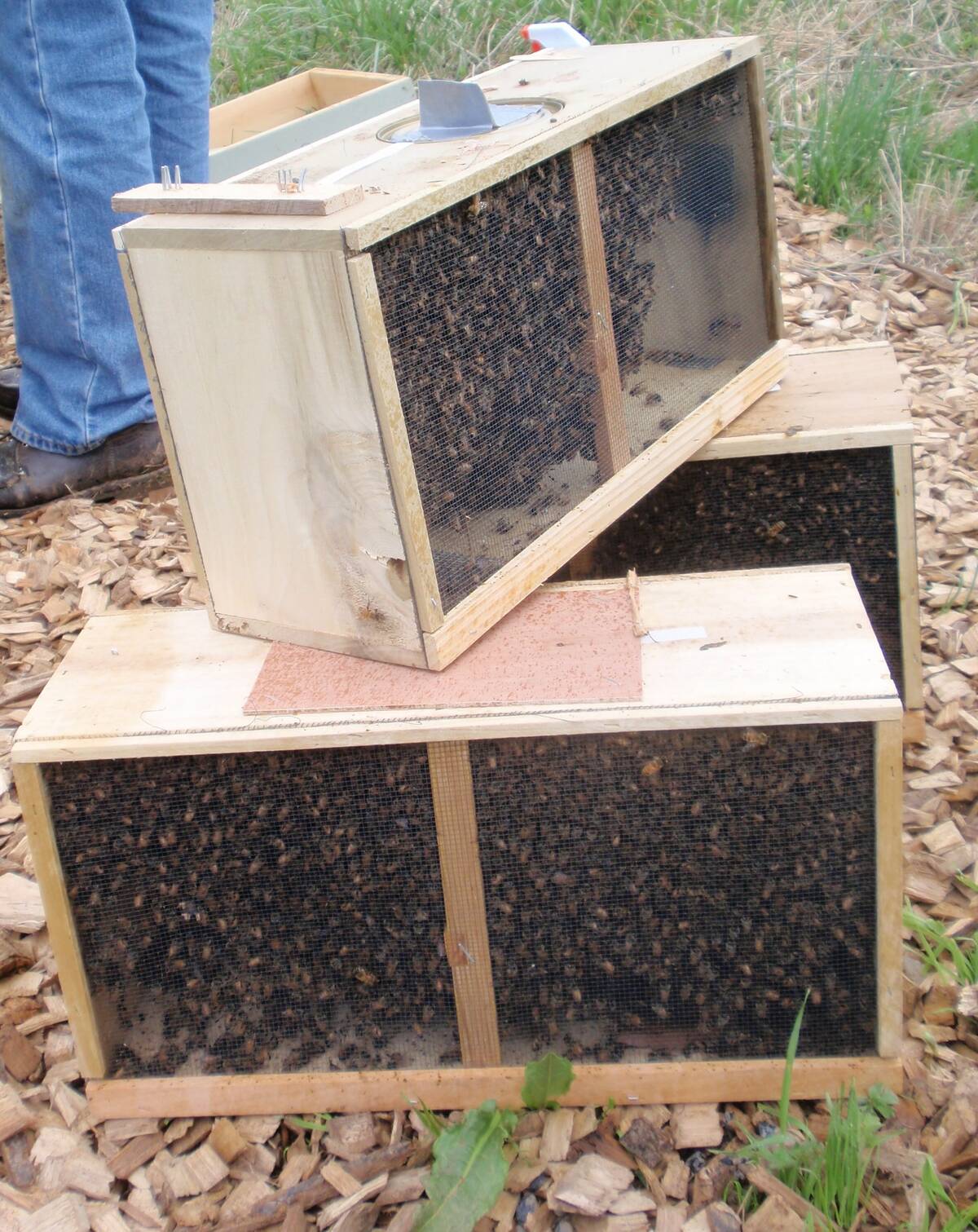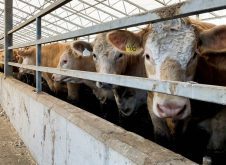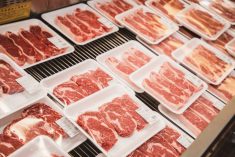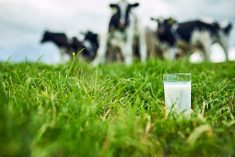It seemed like a win-win — until a new milk category caught the attention of U.S. President Donald Trump and unexpectedly became one of the key sticking points in NAFTA negotiations.
It’s called Class 7, which is milk protein isolates (dried milk powders high in protein). It was introduced in 2016 in response to diafiltered milk (another high-protein milk ingredient used by food processors) that was flooding into Canada tariff free from the U.S.
- Read more: Fear, frustration on dairy farms as trade concessions sought
Read Also

Canadian beekeepers call for regulatory accountability
Beekeepers say the Canadian Food Inspection Agency should restore U.S. packaged bee shipments, claiming the agency isn’t following evidence.
As this edition of Alberta Farmer was going to press, Trump had notified Congress of his intent to sign a bilateral free trade deal with Mexico, with Class 7 milk reportedly being a key sticking point in talks to pressure Canada to agree to make it a three-nation agreement. Prior to that, Alberta Milk’s chair and general manager talked about why this category of milk was important for dairy farmers and its impact on the sector.
The rationale
“It’s allowed us to grow our market by 22 to 25 per cent,” said Tom Kootstra, who farms near Ponoka and is Alberta Milk’s chair.
“We could argue that Class 7 has had an impact on producers, but that has largely been a positive impact.
“It gives us a higher value for skim milk powder than it did under the old structure, when it was basically animal feed price.”
Prior to the creation of Class 7, processors would sell milk products at depressed prices on the international market in order to fill their supplemental export permits at the end of the dairy year.
“Often our July milk price was one of the lowest in the dairy year,” he said. “Now Class 7 gives us the opportunity to have higher revenue from our skim milk powder that is in excess of market demand.”
Class 7 has also resulted in increased investment by dairy processors who have committed to replace imported ingredients with Canadian-sourced milk, he said. And while the class change means that a higher volume of Canadian milk is being sold at more volatile world prices (29 per cent now, compared to 21 per cent before), dairy quota has increased by as much as 25 per cent to meet the growing demand.
“You can whine a little bit about Class 7 and how it might impact your blend price, but your blend price is based on a larger volume, so the cheques are relatively the same,” said Kootstra.
“If producers are upset about the value of Class 7, they fail to recognize it’s an improvement over the Class 4(m) price previous.”
The effect on prices
The category is a “complex animal” that also depends on how the milk is being used by processors, added Mike Southwood, general manager of Alberta Milk.
“Class 7 is based on the world price, so there’s more volatility on that part, but it’s only part of how milk is used,” he said. “The real dictator of blend price is where the processor uses the milk and which classes it falls under. Food class is higher priced than a butter class, for example.”
Alberta Milk evens out the blend price during the course of a year to minimize the volatility within its own pool, he said. In July, for instance, blend prices tend to be lower because kids are out of school for the summer and fluid milk consumption drops. So within the Alberta Milk pool, the blend prices are averaged out over the year to reduce the price swings.
Even so, price volatility isn’t always a bad thing, Kootstra added.
“For some time, we’ve experienced a low world price, but that could also increase over time,” he said. “The world price is low right now, so our price is lower than it might have been several years ago. But it could go up, and it’s on a larger volume of milk, so that’s the positive side of it.”
The processor side
Ultimately, Class 7 (should it remain unchanged under NAFTA) will be better for Canadian producers in the long term, even with the increased volatility it brings to prices, Southwood said.
“This utilizes all of our milk in a better way,” he said. “Our butterfat is what drives our quota growth, but at the same time, we get the skim milk that comes with it.
“So we are now better utilizing the Canadian milk that comes off Canadian farms to make domestic products.”
For farmers like Kootstra, Class 7 is a sign of how supply management “continues to evolve” to benefit Canadian milk producers.
“The introduction of Class 7 is part of that evolution, and I believe it’s going to be part of the Canadian dairy industry for some time to come.”















